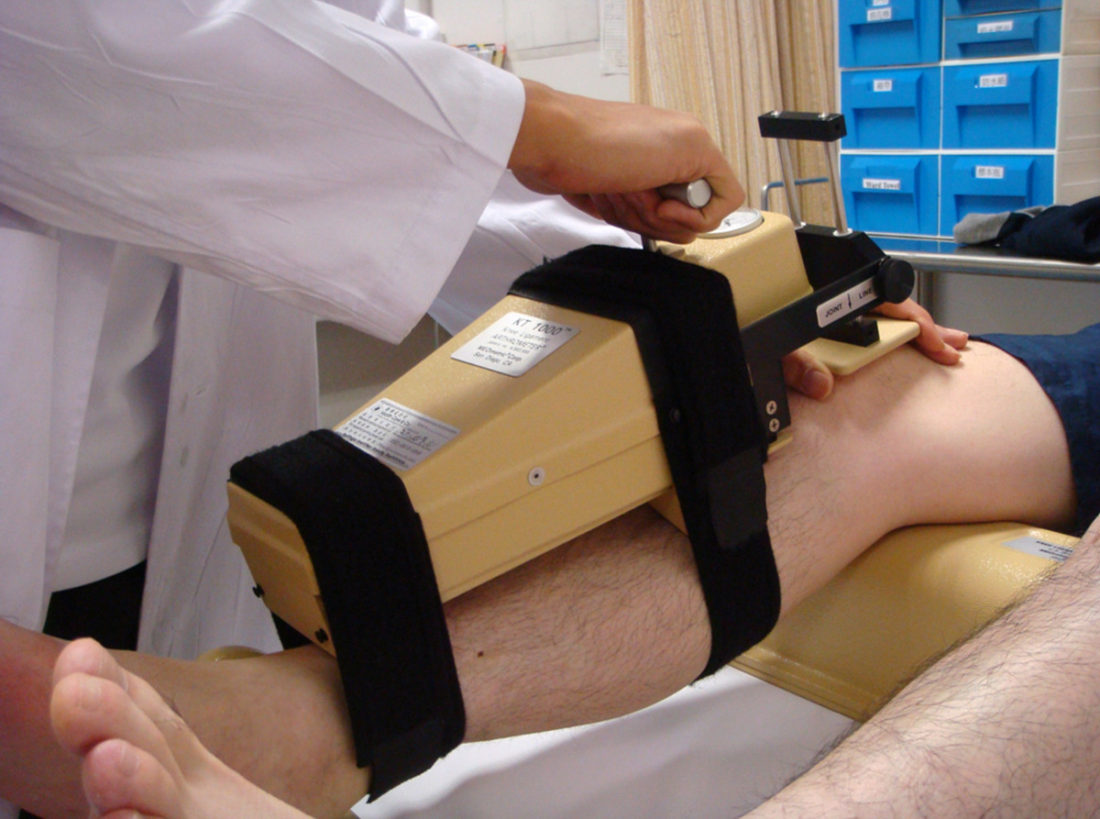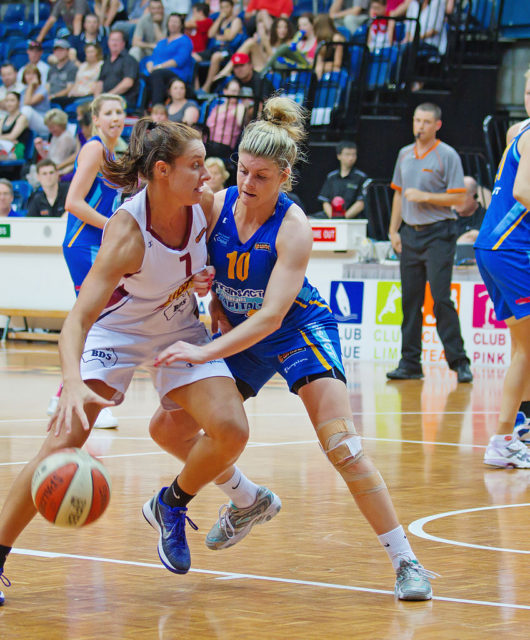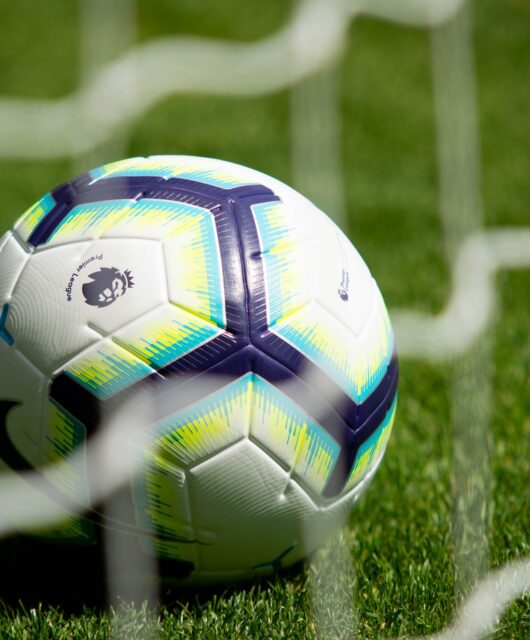These Sports Injuries are being Treated Very Differently Today
As professional athletes have grown bigger and stronger, and the demands of the games have increased, the role of the orthopedic surgeon has increased substantially. Sports injuries are a more and more common occurrence and there is the need for qualified doctors to repair these modern day warriors when they go down. The stakes are high though because often these athletes have cost the team an investment of many millions of dollars. So when an orthopedic surgeon like Dr. James Devellis is selected they know they are getting the best. Fortunately sports medicine science continues is constantly developing new and better procedures to deal with sports injuries. Here are two that are getting athletes back on the field quicker and lengthening their careers.

Hip Injuries
Since humans walk upright, the hips are charged with doing a lot of work for our bodies, from carrying our torsos and upper halves of our bodies, to providing balance for our entire skeletal structures. They are a complex joint with high torsion and resistance forces often working on them for the majority of the day. Because of the stress that is placed on the hips during sports, hip impingement is a common condition among athletes. The severity of the disorder varies widely from minor to drastic, and depends to a large degree on which part of the hip is damaged. One major injury is a labrum tear which results for bony impingement of the hip which would require an open surgery procedure. Today, these procedures are carried out with arthroscopic surgery.
The move from very invasive open surgery to minimally invasive orthoscopic surgery has many advantages for hip impingement: there is less morbidity, a much shorter rehabilitation period, and the surgeon doesn’t have to dislocate the hip. This means that athletes can get back on the field much quicker and have longer careers following this type of injury.
Prevention and Better Management of Concussions
Perhaps no sports injury has gotten more attention as of late, then concussions. A concussion is a type of traumatic brain injury caused by a blow, or jolt to the head or by a hit to the body that causes the head to move rapidly back and forth. This sudden movement can cause the brain to bounce around or twist in the skull, creating chemical changes in the brain and sometimes stretching and damaging brain cells. These are common injuries in sports and the focus has been so prevalent of late primarily because there has been a causal link established between an athlete receiving multiple concussions and developing long term severe neurological issues.
All of the sports leagues have made rules changes around helping athletes to avoid and identify concussions, with a particular focus on those sports like football and hockey, where there is lots of direct contact to the head. Just five short years ago it was thought that concussions were not a source of long term damage and athletes were often allowed to play with them after a short rest and an assessment that they were feeling well enough to play.
Based on observing athlete who had multiple concussions over a long period of time, there was an outcry for different assessments of the effects of concussions. As a result, new tech for
neurocognitive testing was developed. Doctor’s now use a computerized program to monitor the patient’s neurocognitive symptoms and also administer balance and memory testing to ensure an athlete’s key vitals return to baseline before returning to play.
It has been established that athletes who return to play to quickly after a concussions is at higher risk of having another one, so doctors are now very cautious because having a second concussion on top of the first one can mean long term and recurring health issues for the athlete including depression, an inability to concentrate, loss of balance and the recently identified amyotrophic lateral sclerosis (ALS) later in life.









